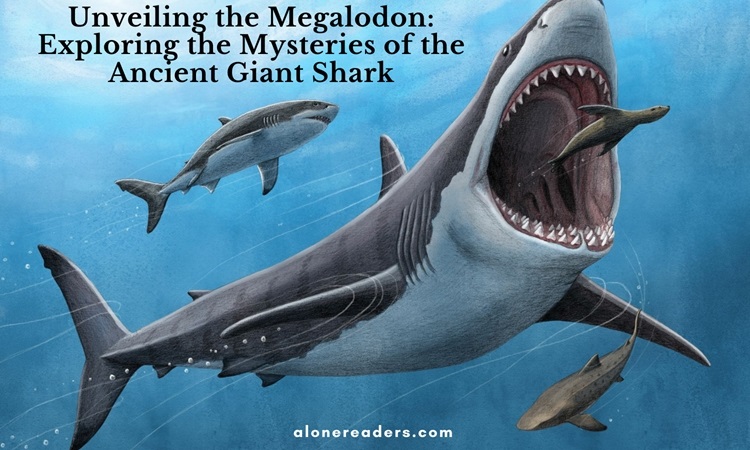
The Megalodon, a term that strikes awe and curiosity in the minds of many, refers to an ancient species of shark that roamed the world's oceans. This magnificent creature, whose name means "big tooth," has captivated scientists and the public alike, sparking numerous discussions, research studies, and even mythical tales about its existence and extinction. In this exploration, we delve into the enigmatic world of the Megalodon, uncovering facts about its size, lifestyle, and the reasons behind its disappearance from the oceanic realm.
The Megalodon, scientifically known as Carcharocles megalodon, was the apex predator of its time, reigning supreme in the marine food chain. Its existence dates back to approximately 23 million years ago, and it vanished around 3.6 million years ago, during the Pliocene Epoch. The discovery of its fossilized teeth and vertebrae has allowed scientists to piece together an image of this gigantic shark, shedding light on its physical attributes and the environment it thrived in.
One of the most striking features of the Megalodon is its sheer size. Estimates based on tooth and vertebrae analysis suggest that the average length of this shark could have been between 50 to 60 feet, making it one of the largest predators to have ever existed. Some studies even propose that in exceptional cases, Megalodons could reach lengths of up to 70 feet. To put this into perspective, the Megalodon was nearly three times the size of the largest recorded great white shark, a species that terrifies many today.
The diet of the Megalodon was as imposing as its size. This colossal shark primarily fed on large marine mammals, such as whales, dolphins, and seals. Its hunting prowess was supported by its massive jaws, which could span up to 7 feet wide and were lined with rows of large, serrated teeth, each capable of growing up to 7 inches long. These formidable teeth were not only tools for capturing and dismembering prey but also served as evidence of the Megalodon's existence, as they are among the most common fossils found.
The habitat of the Megalodon was widespread, covering a vast range of the ancient oceans. Fossil evidence suggests that these sharks lived in warm, coastal waters and were particularly abundant in the Atlantic and Pacific Oceans. Their preference for warmer waters might have played a role in their extinction, as the onset of the Ice Ages led to significant oceanic cooling and changes in sea levels and currents, which could have affected the availability of prey and suitable habitats.
The extinction of the Megalodon remains a topic of intrigue among scientists. While the cooling of the oceans during the Pliocene is a likely factor, other theories suggest that competition with other large marine predators, such as the great white shark, might have contributed to their decline. Additionally, the decrease in the population of large marine mammals, which formed a significant part of the Megalodon's diet, could have led to a scarcity of food resources, pushing these giant sharks to the brink of extinction.
The legacy of the Megalodon extends beyond its physical existence. It has become a symbol of the prehistoric world, a reminder of the diverse and often gargantuan life forms that once inhabited our planet. The study of the Megalodon also provides valuable insights into marine ecosystems of the past, helping scientists understand how climate change and other environmental factors can impact oceanic life.
In popular culture, the Megalodon has often been depicted in movies, literature, and documentaries, sometimes portrayed as a monstrous and terrifying creature. While these representations can be exaggerated, they reflect the human fascination with this ancient shark and the mysteries it embodies. The Megalodon continues to inspire curiosity and wonder, reminding us of the rich and often unseen history that lies beneath the ocean's surface.